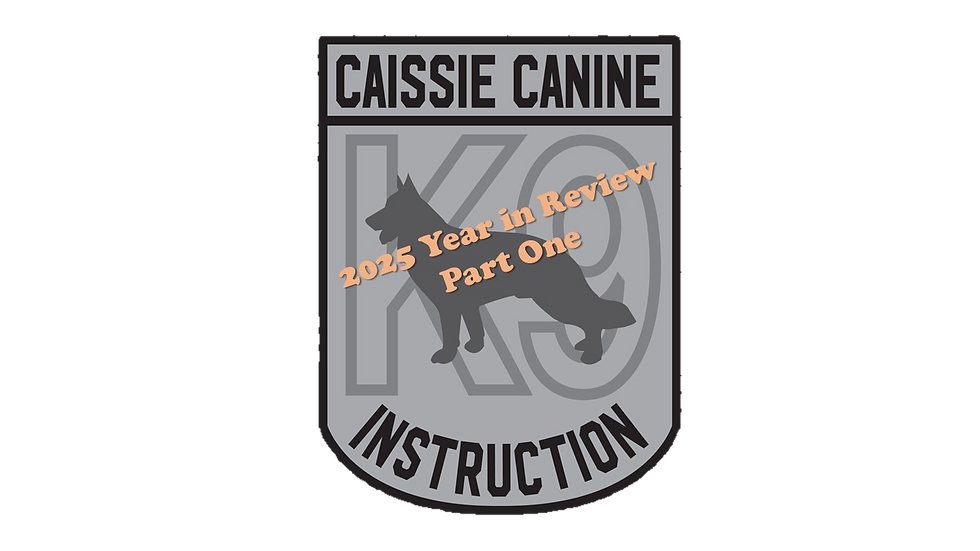Caissie Canine Instruction: When a dog is about to bite!!!
- caissiecanineinstr

- Feb 13, 2023
- 2 min read

We begin this week’s “RUFF TAILS” featuring a beautiful 3-year-old Cane Corso named Ruby.
Ruby is a wonderful dog, very protective, and loving to both Brenda and Mario. She loves to get pampered, loves her naps and treats. Ruby has a beautiful shiny coat from eating a raw diet, along with her sweet potatoes and other snacks.

Ruby loves to watch for any movement outside her home and will defend against anyone trying to hurt the family. However, having said this Ruby is also very loving and fawns over her Aunt Jeanette and Uncle Randy. Overall, Brenda would recommend this breed to anyone that wants a loving protective dog.

Welcome to Doggie Dialogue
Every year hundreds of people sustain dog bite injuries according to the Center for Disease Control and Prevention. (CDC) In Canada, this is Public Health.
Even friendly dogs can bite under certain circumstances or stressful situations.
Dogs do display signs that will alert you when they are feeling uneasy and indicating that they may bite. Here are a few warning signs to help you recognize that a dog bite may occur:
1. A dog who is growling, showing or snapping their teeth. Dogs behave this way if they are feeling threatened.

2. The dog’s ears are perked, tail is raised, almost “frozen”

3. A dog with raised fur on their neck or back is a sign a bite may occur

4. The dog’s tail is wagging high, but SLOW, the dog’s body is rigid/stiff. This is a sign the dog is tense.

5. Dogs will maintain direct eye contact when feeling threatened.

There are steps you can take to help avoid a dog bite.
First do not approach a loose dog or try to pet or reach out to an unfamiliar dog. If a dog owner is out walking their dog always ask for permission to approach their dog, then proceed slowly and let the dog smell your closed hand before petting the dog on the shoulders ONLY.

Never pet a dog, when they are eating, nursing puppies, sleeping, (you may startle them) or if the dog is playing with their favourite toy. (don’t create a power struggle)

Avoid dog’s that are displaying a rigid, frozen “body language”, growling or barking. Do not scream or run away from an unknown dog, but stay quiet and face forward, never turn your back on the dog.
Never leave small children without supervision with a dog, even your own family dog. Accidents can happen. Teach your children how to play gently with your own family dog.

If bitten by a dog, use warm soapy water to wash the wound immediately, then seek medical attention. Report the dog to your local animal control.




Comments